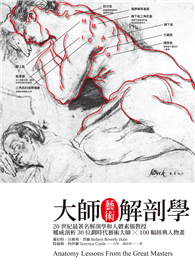"A Method of Calculating the Cubic Contents of Excavations and Embankments, by the aid of Diagrams" offers a detailed exploration of techniques used in 19th-century civil engineering. Authored by John Cresson Trautwine, this work provides a methodology for efficiently calculating the volume of earthworks, essential for railroad construction and other large-scale projects. The book emphasizes the use of diagrams to simplify complex calculations, making it a valuable resource for engineers and surveyors of the era.
This treatise is useful for those interested in the history of engineering, surveying practices, and the mathematical methods employed in large construction projects during the late 19th century. Trautwine’s approach reflects the practical needs and technological capabilities of his time, offering insights into how engineers tackled the challenges of building the infrastructure that shaped the modern world.
This work has been selected by scholars as being culturally important, and is part of the knowledge base of civilization as we know it. This work was reproduced from the original artifact, and remains as true to the original work as possible. Therefore, you will see the original copyright references, library stamps (as most of these works have been housed in our most important libraries around the world), and other notations in the work.
This work is in the public domain in the United States of America, and possibly other nations. Within the United States, you may freely copy and distribute this work, as no entity (individual or corporate) has a copyright on the body of the work.
As a reproduction of a historical artifact, this work may contain missing or blurred pages, poor pictures, errant marks, etc. Scholars believe, and we concur, that this work is important enough to be preserved, reproduced, and made generally available to the public. We appreciate your support of the preservation process, and thank you for being an important part of keeping this knowledge alive and relevant.








